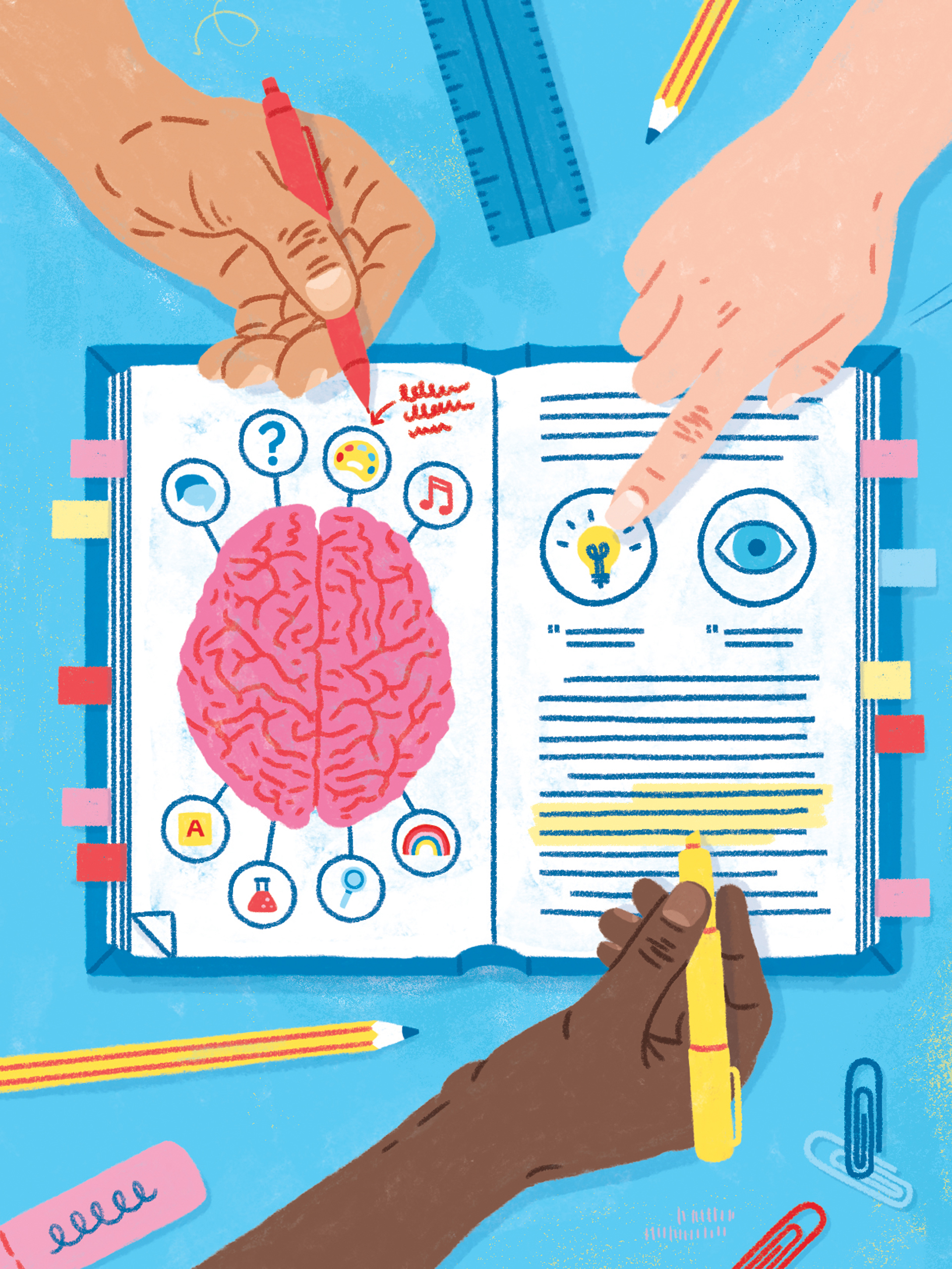Share this page
Illustration: Katie Carey

Through the Ontario Ministry of Education’s Teacher Learning and Leadership Program (TLLP), my colleagues and I were able to conduct a professional inquiry using the book Making Thinking Visible: How to Promote Engagement, Understanding, and Independence by Karin Morrison, Mark Church and Ron Ritchhart.
This book provides practical teaching techniques to help structure thinking so students are more engaged in their learning and are more successful in expressing their thinking.
After repeatedly using these specific routines, classroom discussions became richer and student inquiries became more meaningful and relevant. This professional learning experience changed the way we phrased questions and created learning environments that were more stimulating. Students were more engaged in learning, metacognitive skills increased and grades improved, which validated our use of these thinking routines.
Sandra Masotti-Daugherty, OCT, Amanda
Paulin, OCT, Joanne Zanin-Minkiewicz, OCT
Halton Catholic District School Board
By Stefan Dubowski
Ask most experts and they’ll tell you students shouldn’t be carrying a backpack weighing more than 10 to 15 per cent of their bodyweight. It’s more than just the simple downward pressure of a heavy backpack. A recent study by Dr. Kenneth Hansraj, a U.S. orthopedic surgeon, found that, depending on posture, backpacks exert a force on the spine that can be up to 11 times the weight of the bag.
That much force can really hurt. Damage to ligaments comes first, reducing side-to-side range of motion and causing stiffness. Over time, the discs in the spine get worn down as well.
Hansraj has tips to avoid injury. Pack only what’s needed. Stand up straight: ears over shoulders, chest open, chin level with the floor, abdomen firm. (Leaning forward makes things worse.) Wear both backpack straps to evenly distribute the force. Keep the backpack close to the body to reduce the effect of the force. When picking up a pack, bend with the knees and lift with both hands. And exercise: strong core and thigh muscles help.
Teachers and schools can make a difference, too. Consider a school-wide education program about safe backpack use, right at the start of the year. For example, allowing students a few extra minutes between classes to drop books in lockers or at desks can help them avoid lugging extra weight around all day.
When resources allow, posting assignments and homework online can keep the pack load light. And encouraging students to bring home only the books they really need each night can help avoid chronic backpack overload, as well.